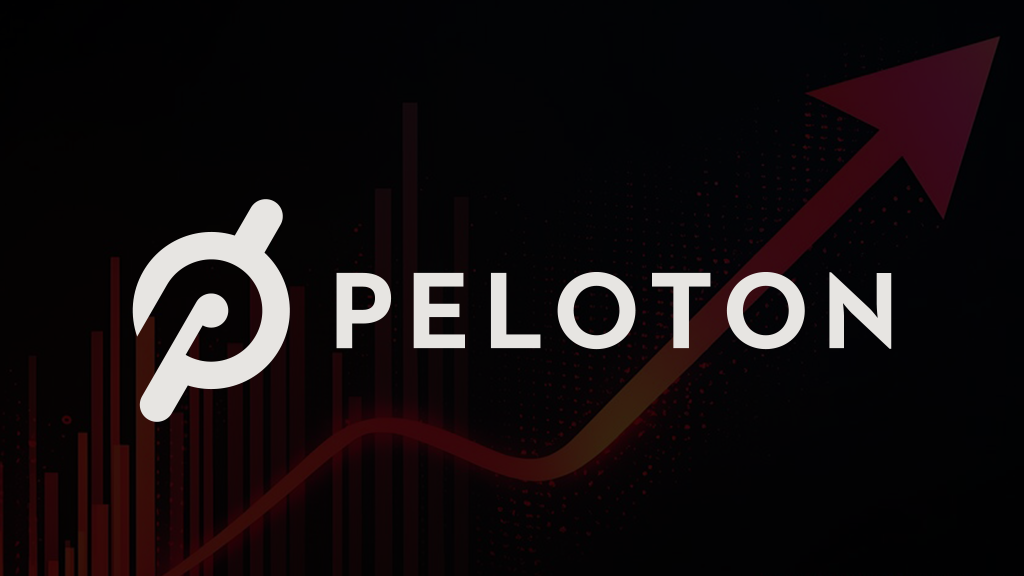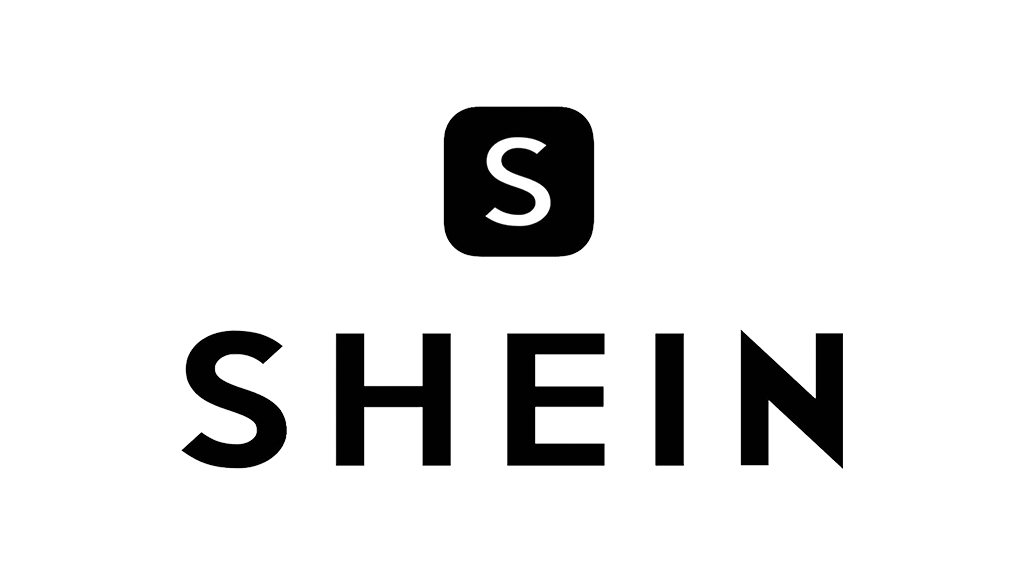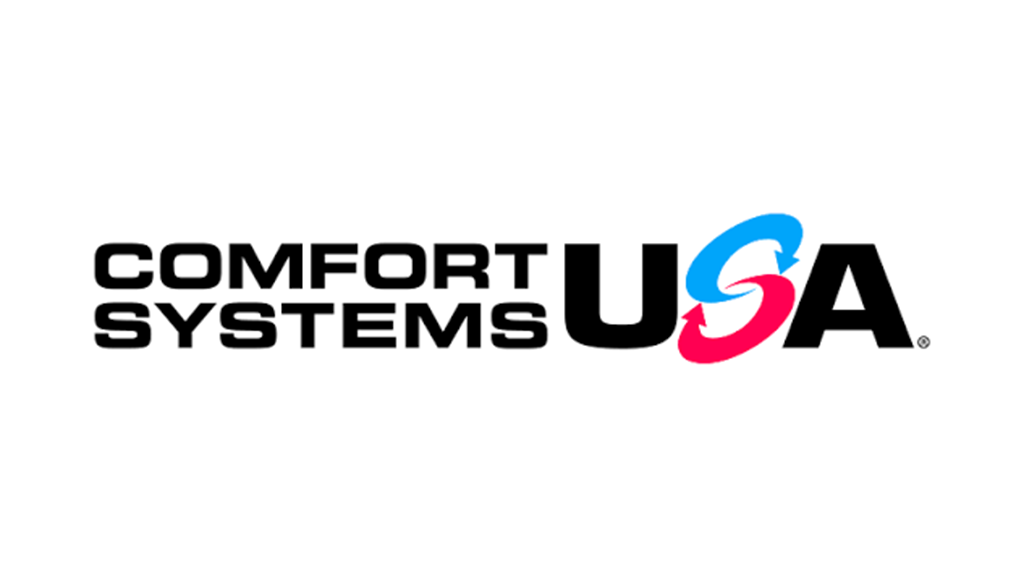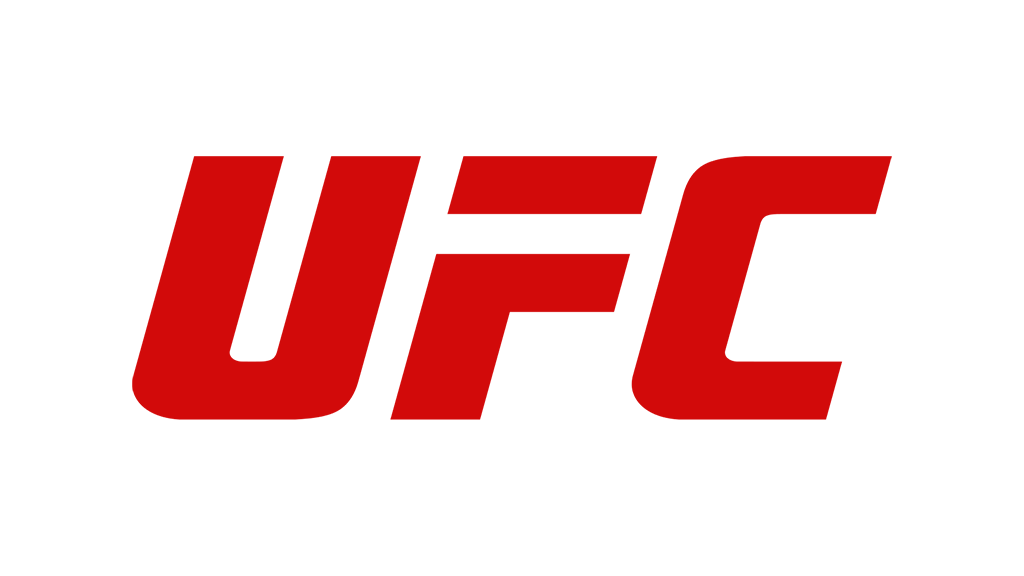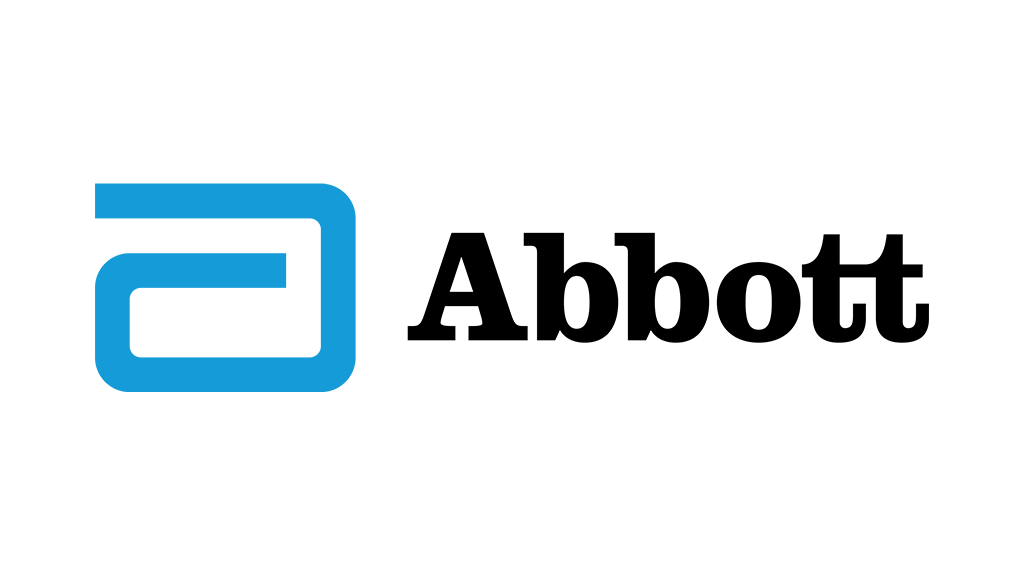Shastan
Leadership Coach

Shastan
LEADING UP FOR YOUR VISION
Leaders are no longer those who lead from the top and the ‘workers’ follow the leader. The growing trend is that each person holds a significant role in defining leadership within the business and can lead up to define the true sense of leadership within the company. BUT – herein lies one of the greatest problems in organizational development: do your people know, understand and hold a sense of ownership for your vision?
A vision is the demonstrative ‘why’ and the overarching alignment for the entire company. If an organization can express their vision, act out the need for the vision, and design a system that leans into the belief supporting that system, then each person within the organization will be accountable, and want to own and develop it as well. By encouraging leaders from within and in developing a lead up mentality, your organization will have a stronger foundation and the personnel to benefit continuous alignment.
Leadership is not about stating an objective and relying on others to meet the mark without assistance or the tools to get the job done. Leadership is not about walking into a board room, allowing each person to have their say and patting their shoulder with a ‘good job’, having no idea about the work that contributed to the project. And, leadership is surely not about taking credit for someone else’s hard work because ‘we’re all working towards the same vision.’
How do you, then, build great leaders from within?
Organizations are created with the sense that people know the vision and already understand the expectations and the mission. The vision within departments and under the advisement of each supervisor is different; these need to be outlined, clearly expressed, identified with precision. It’s important to recognize if these are in alignment with the overarching company vision before disseminating the information to the remainder of your people. The reality is a one-day training upon hiring has been forgotten and mixed messaging since has left most employees with little knowledge of the vision at all. Begin then, with reminders – communication should be concise, concrete, and courteous. Consider also, how you are working on team relationships while delivering the news.
My next recommendation is to develop your sense of ownership. People will want to stay if they are valued and feel needed. Consider the future of your company, the future of your people, the desire you have for reputation. Recognizing that to build solid leaders, you must first build solid relationships. Those relationships are, by design, molded through your vision. Allow each level of your company the space to encourage, develop, and foster the desire for your people to want a place, a voice, and recognition. Intentional systems design is important for leading up and providing avenues for accountability, recognition, and eventually promotional opportunity.
This leads to my final point, accountability. Intentional leadership from a foundational perspective is successful only when we have accountability for our actions.
Communication and ownership both are important for managing accountability which feeds the alignment, and in turn, the vision. Considerations for developing the lead up practice, with accountability as a foundation, revolve around expectations, timelines, deadlines, and a ‘who’s who’ relationship. There needs to be an expectation set for the vision and how the team meets timelines or deadlines for the course of action. From a leadership perspective, consider if new faces could take the lead or manage smaller entities on the project. The relationship aspect of accountability is a reporting factor; a consideration for check points or time management – this is especially helpful with new people or aligning to the vision and expectations.
Why did I find it important to reiterate these words? They’re not new to you, your organization, or your business. You’ve heard them many times and are a constant point of reference. Yet– over and over seem to be the cornerstone of where a company begins to crumble. I encourage you to return, regularly, to the foundational elements of why and where you started and evaluate if your employees know you, and your vision. It’s important they recognize the wo/man they’re serving and the purpose. Desire fuels motivation, and from motivation, we gain knowledge. We should want our people to be the next leaders within our company, and encourage them to lead up each day, to investigate their strengths that will sustain our vision.





























